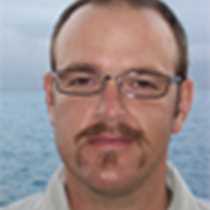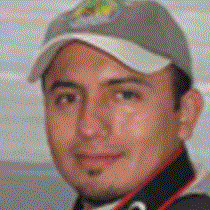Our arrival at Santiago Island early this morning is upon calm seas and clear skies. This morning we start our exploration very close to where Charles Darwin landed in 1835, and in many ways we are following in his footsteps. Espumilla Beach has one of the largest green sea turtle nesting areas in Galápagos and after our landing we head inland, passing massive mangroves that protect fresh nesting sites from the previous evening. Large Palo Santo incense trees line our trail as we gain an elevated view of our anchorage. Mocking birds and Darwin finches flit across our path. The overgrown vegetation appears to devour the trail as we feel the humidity of this rainy season. Kayakers find a rugged volcanic coast teaming with Galápagos fur seals and shore birds. The massive cliffs of former tuff cones tower over all and we encounter yellow tailed mullets skimming the surface for food.
Our captain repositions the ship and we arrive shortly at Buccaneers Cove, a popular site to careen ships during the 18th and 19th centuries. Snorkelers find various white tipped reef sharks and Indio-Pacific bonito tunas zipping into the shallows to feed upon the small anchovies. Marbled sting rays hover over the bottom searching for subsistence as we explore a small cave along the coast. Weighing anchor one last time this morning we continue towards James Bay, a bit farther south on Santiago Island.
James Bay, or Puerto Egas as it is known locally, was a base for a salt mining operation that operated up until the 1960’s. A small building and water tanks remind us of the small group of people living here for many years. Hikers head along the outer coast and find a mix of American oyster catchers, whimbrels, ruddy turnstones, and yellow warblers probing for nutrition along the intertidal zone. Suspended basalt lava bridges are what are left from the collapse of various lava tubes. Galápagos fur seals lounge along the rocky coast line with yellow crowned night herons resting in the shade of the lava rocks.
It is hard to believe that Charles Darwin found land iguanas wandering everywhere when he walked upon this same coastal area, as we do not find any. Land iguanas have had hard times with various invasive species eliminating the population here. Restoration is possible, however, invaders such as rats need to be eliminated. A small group decides to stay at the black sand landing beach. Sea lions “play” with the snorkelers making all feel inadequate as they swim circles around us, blowing bubbles in our direction. As dark rain clouds move towards us we return to our floating home with grins upon our faces assimilating this wonderful day into our memories.









